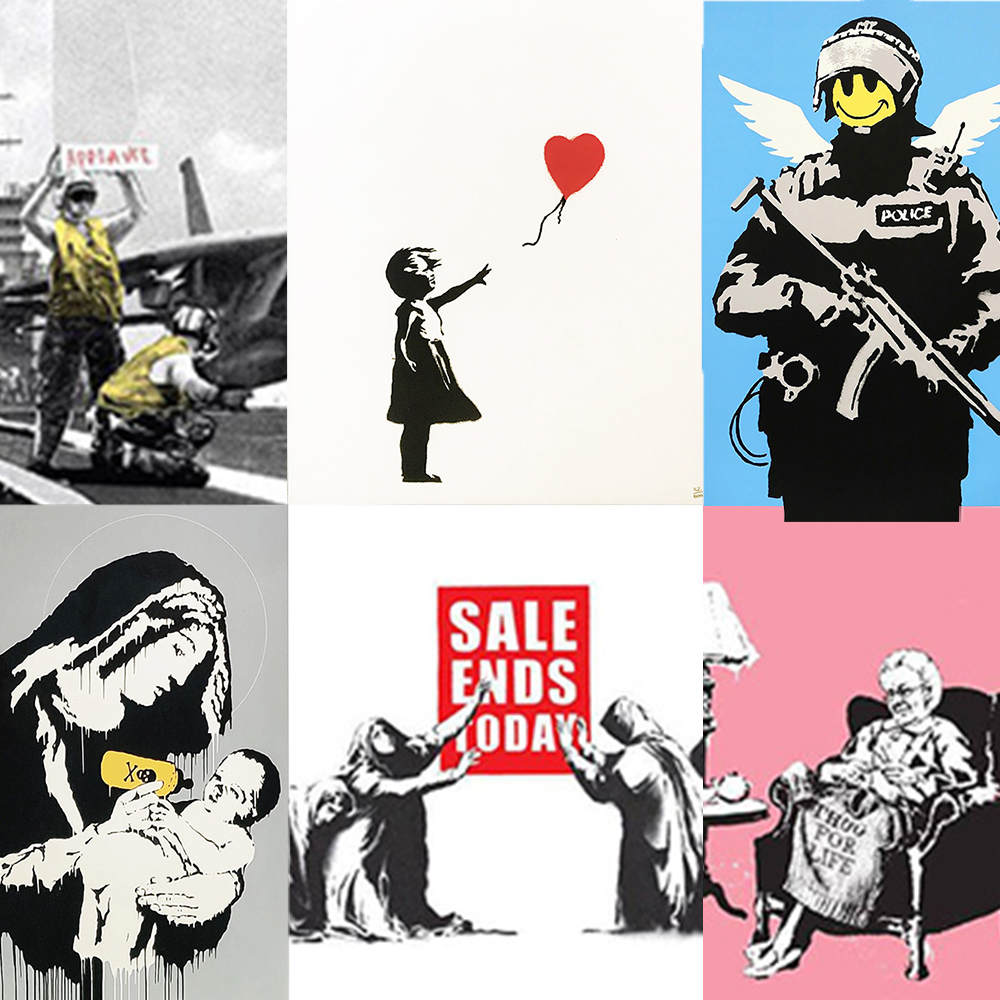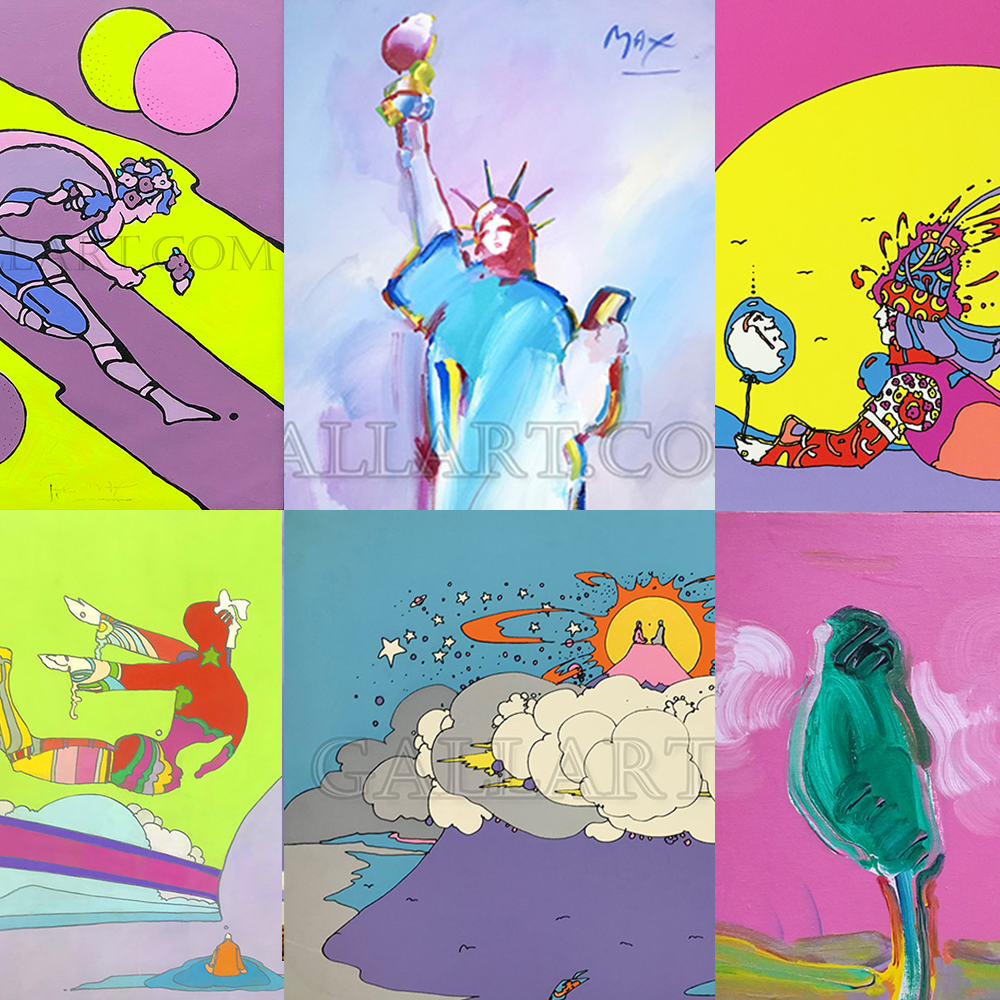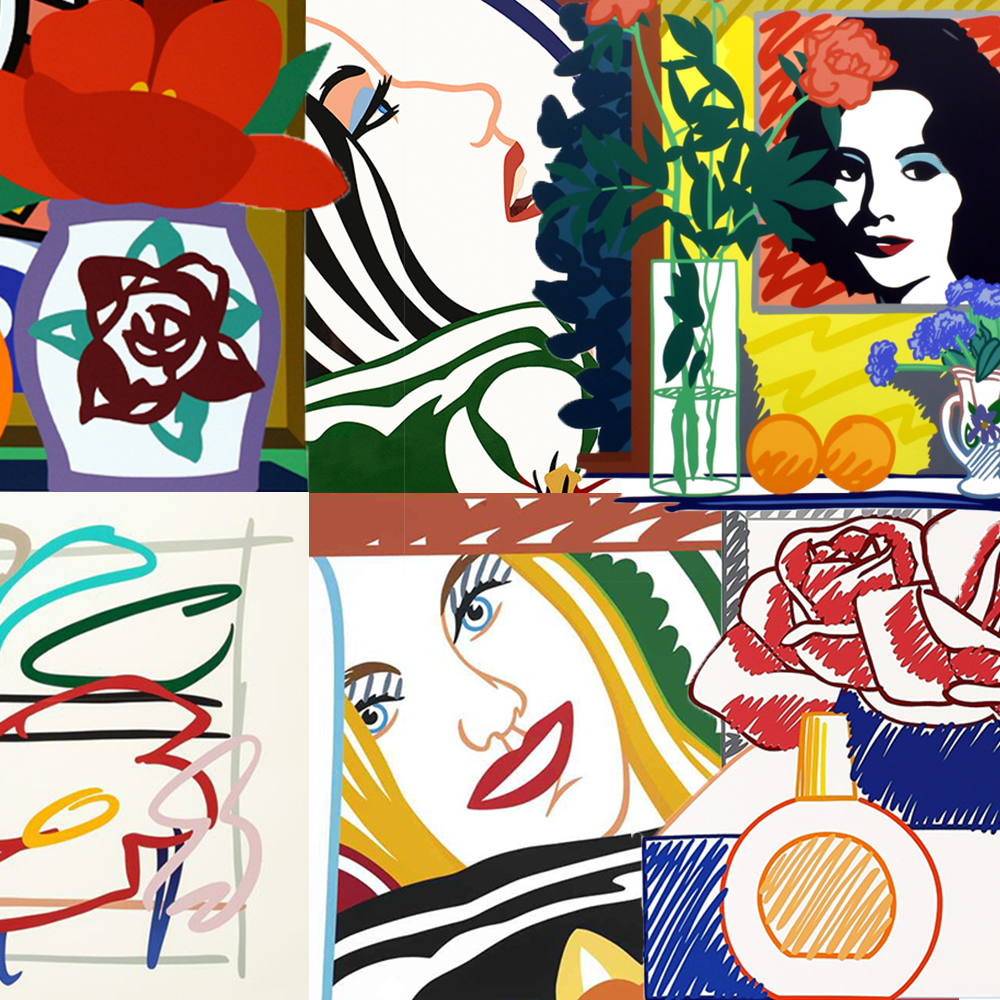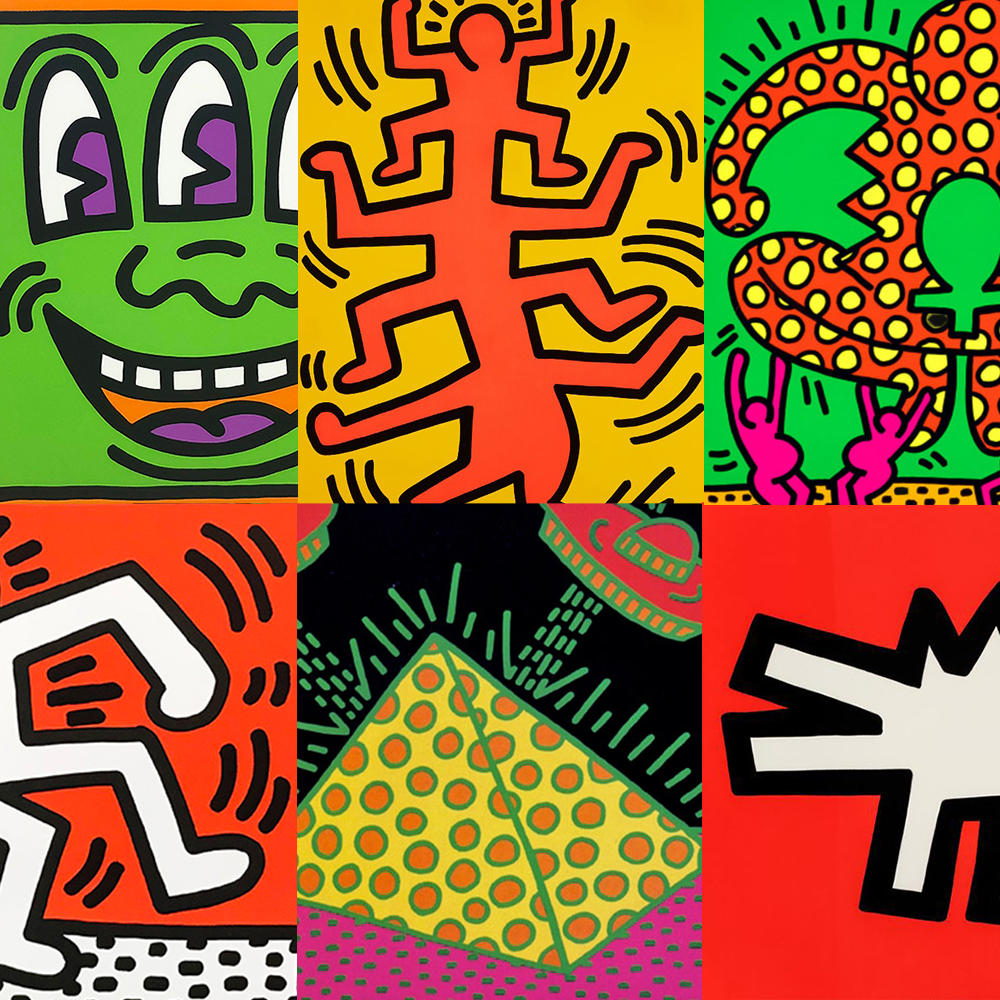JASON MCCOY

ANDY WARHOL
Jason McCoy, 1974
Acrylic and silkscreen ink on canvas
40 x 40 inches
G31161
Jason McCoy, 1974 is the iconic portrait of Jackson Pollock's nephew: The legendary art dealer Jason McCoy. In 1974, Andy Warhol created a series of portraits of Jason McCoy. At the time the portrait was created, McCoy was at the prime of his art career. McCoy attained celebrity status in the 70’s as Jackson Pollock’s wealthy, good-looking nephew and was widely recognized as art royalty in social circles. Not only was Jason McCoy a successful art dealer, but his uncle was the great American Abstract Expressionist painter Jackson Pollock.
During his lifetime, Jackson Pollock achieved great success and enjoyed considerable fame and notoriety as an artist. By the time Jason McCoy was born, his uncle had already established an art legacy for the Pollock & McCoy family name. Jason McCoy’s father, Sanford McCoy was Jackson Pollock’s brother. Jackson Pollock’s father, Leroy Pollock had been adopted as a child. Leroy Pollock’s real birthname was Leroy McCoy. The last name McCoy was later taken on by some of Leroy’s children, including Sanford McCoy and his son Jason McCoy.
In this original work of art, Andy Warhol presents a bold portrait of the famous art dealer at the peak of his celebrity. Jason McCoy is portrayed regally poised, wearing a black velvet Yves Saint Laurent jacket. McCoy’s steady gaze confronts the viewer as he confidently leans forward into the picture frame. In his right hand, McCoy gracefully holds a cigarette between his fingers. The portrait was commissioned from Warhol by McCoy himself. In an interview, McCoy later revealed that he swapped a small Jackson Pollock painting with Warhol in exchange for a Silver Elvis and some cash for the now famous portrait of Jason McCoy.
Warhol started painting commissioned portraits in the early 1960s. These works developed into a significant aspect of his career and were a main source of his income in the 1970s. Many of his subjects were well known in international social circles, the art world, and entertainment industry at the time. He began each commissioned portrait with a photo shoot using a Polaroid camera. The Polaroid afforded a very high contrast image hat Warhol enlarged and transferred onto a silkscreen. Each portrait was “under-painted” first. Warhol traced simple outlines of the photographic image onto the canvas and painted in blocks of color. Some portraits were painted in slick, hard-edge styles, whereas others had solid fields of color or more gestural brushwork. Once this initial painted layer was dry, Warhol printed the photographic silkscreen image on top.
ARTIST COLLECTIONS
-
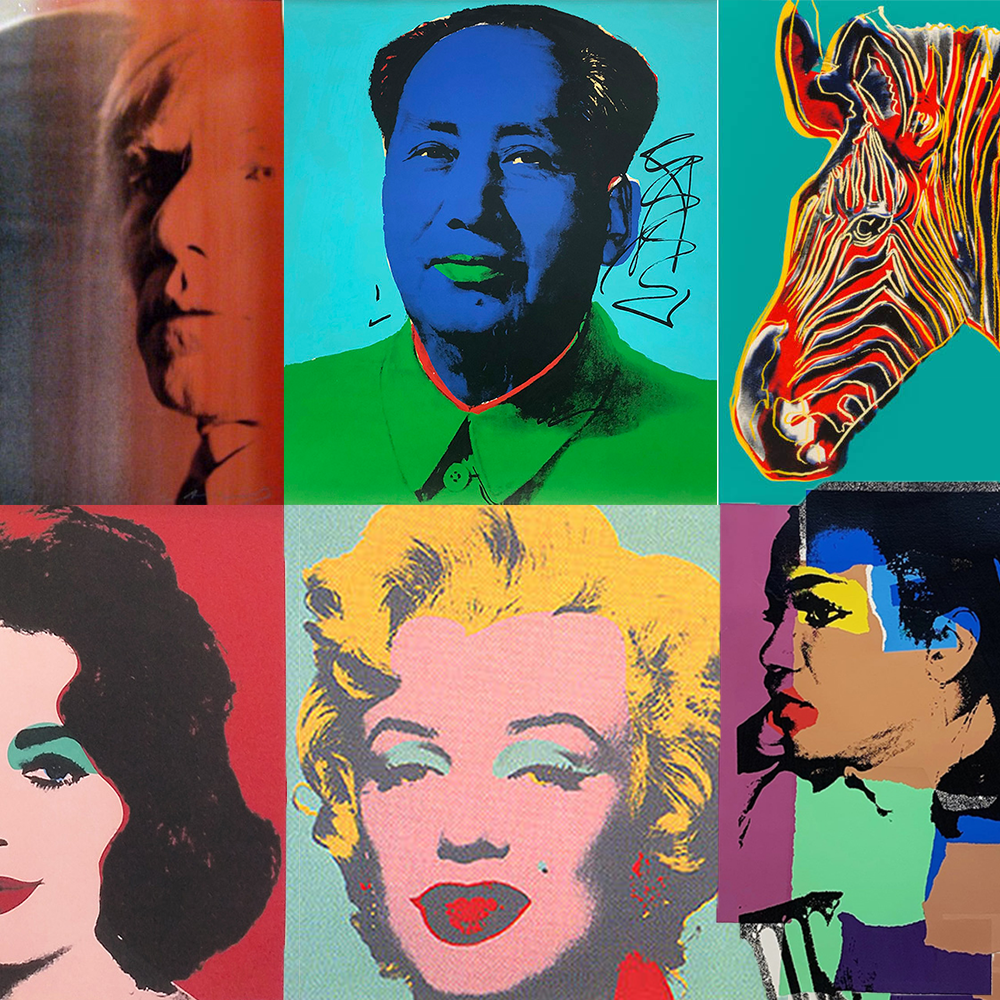
ANDY WARHOL ART
WARHOL | Biography


